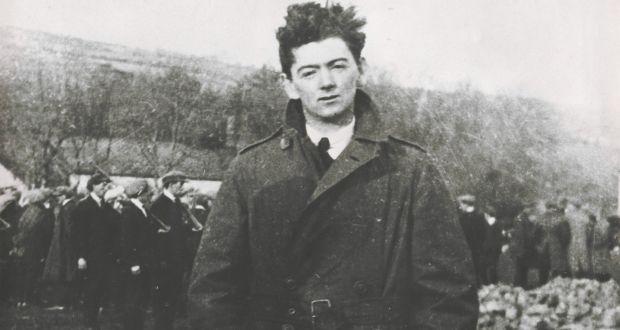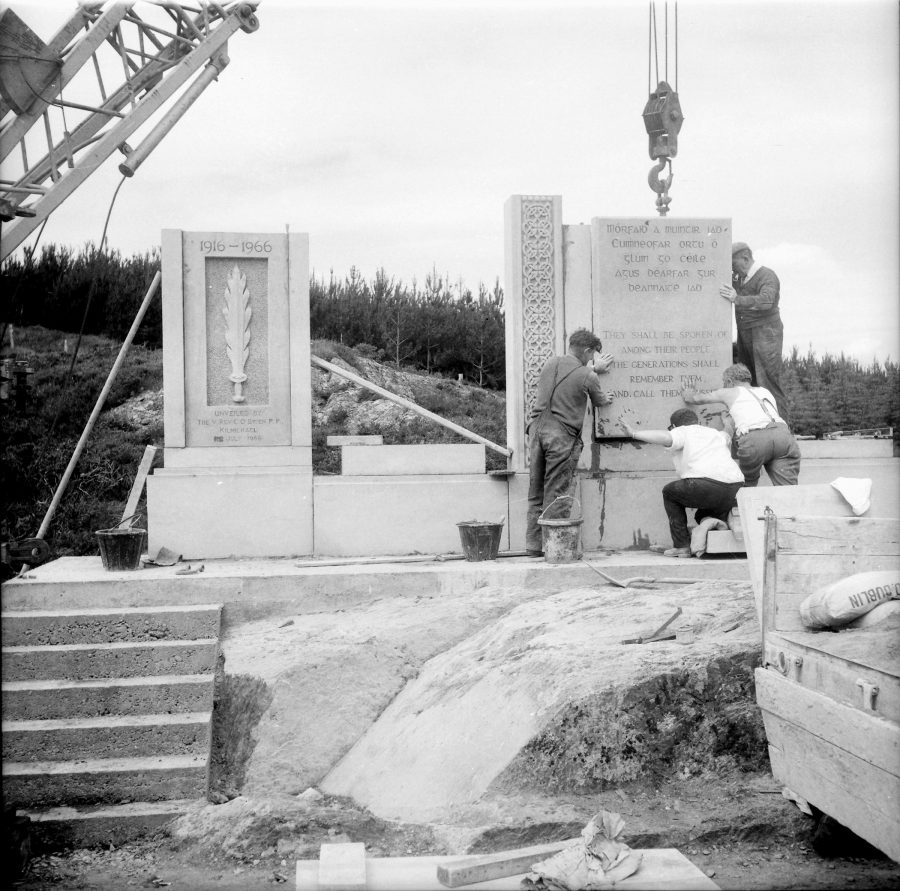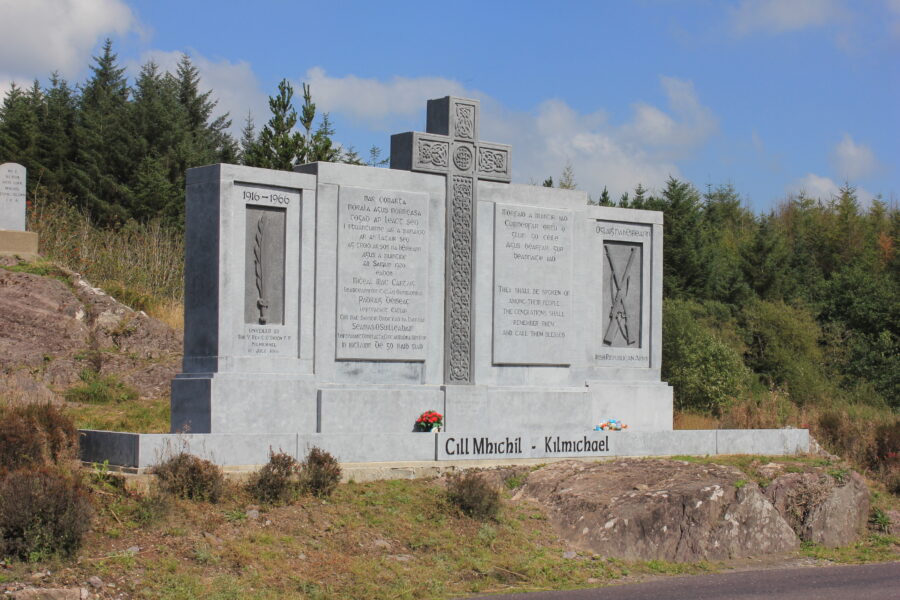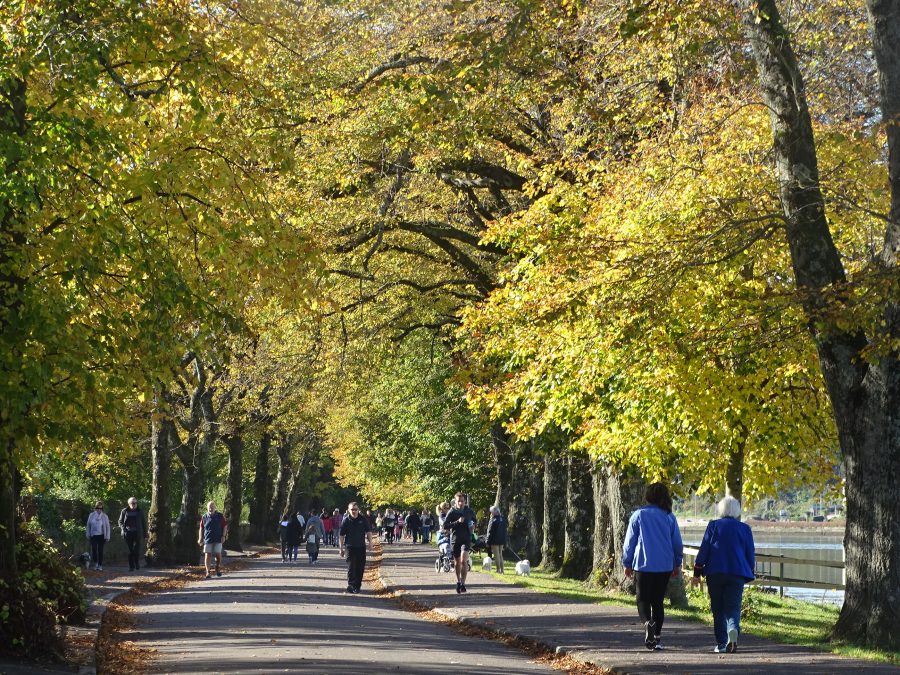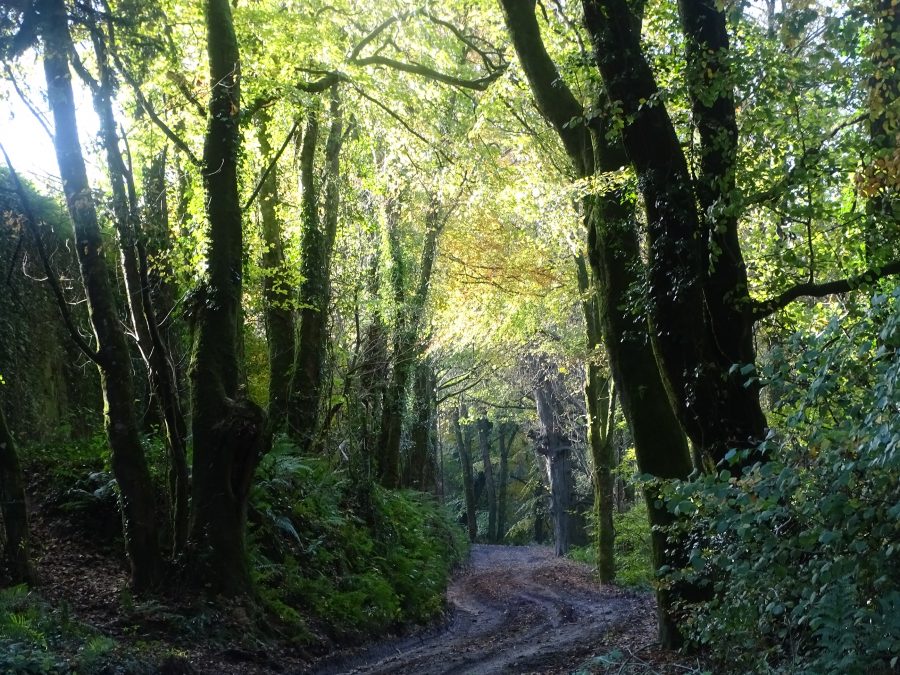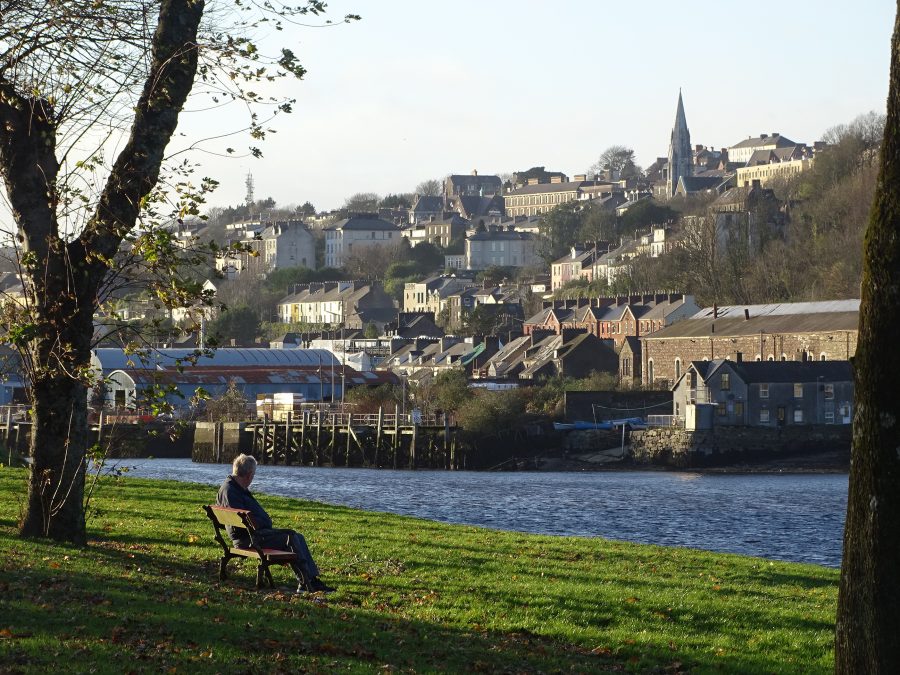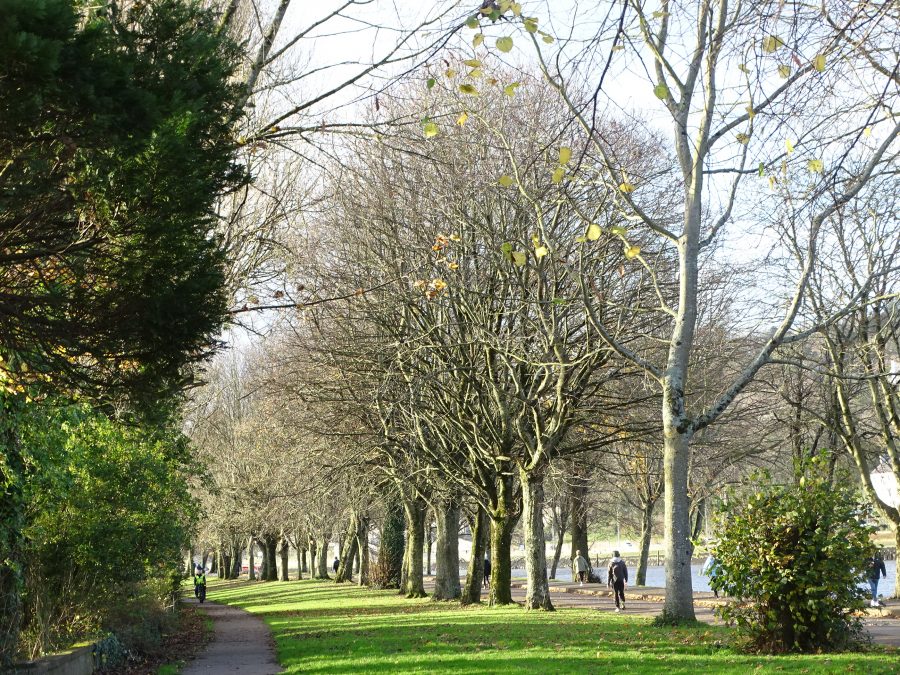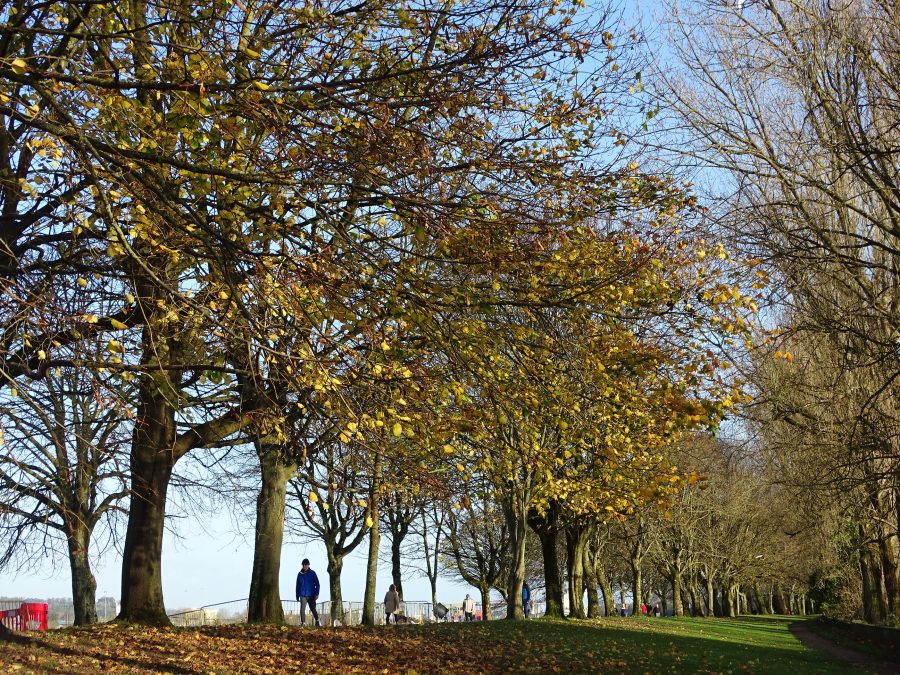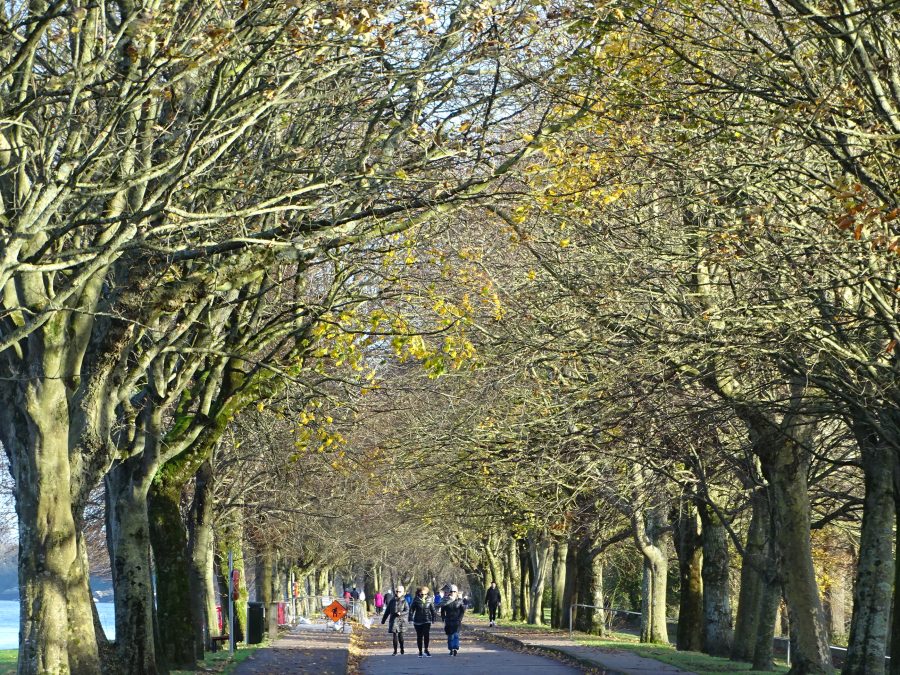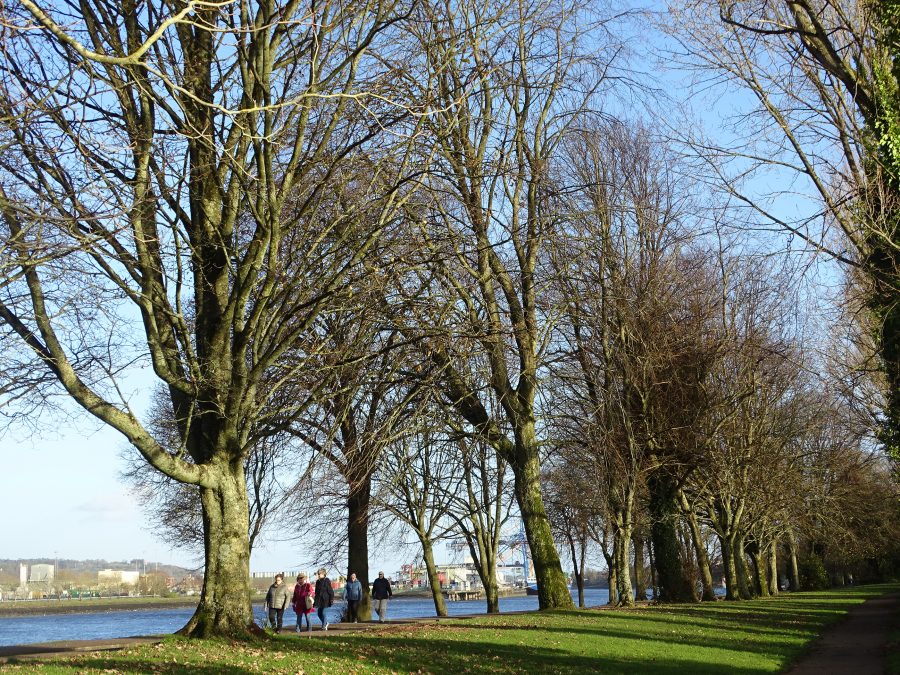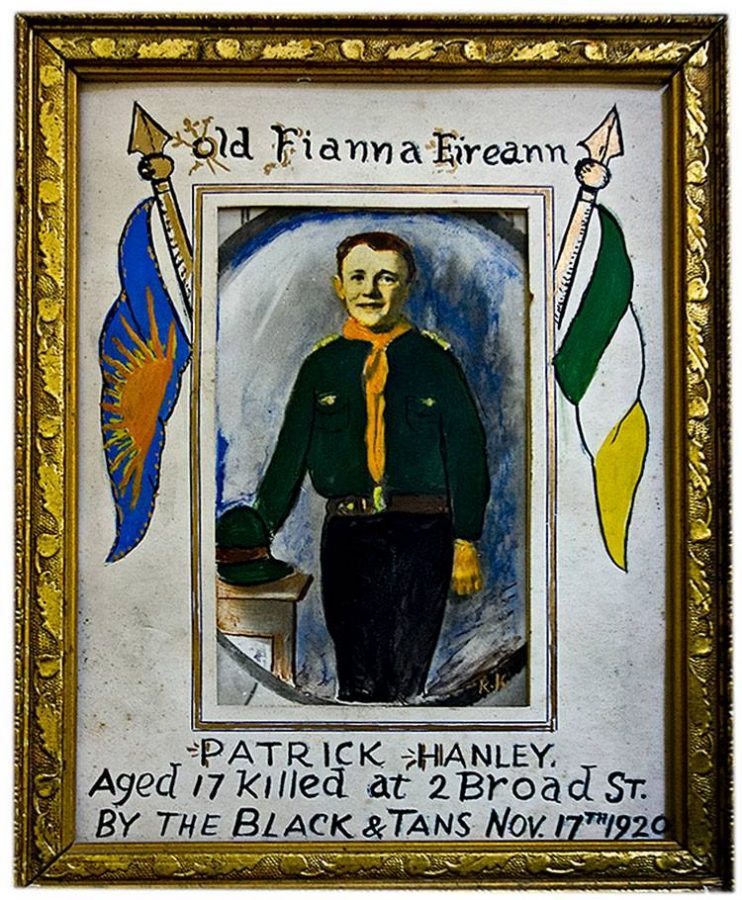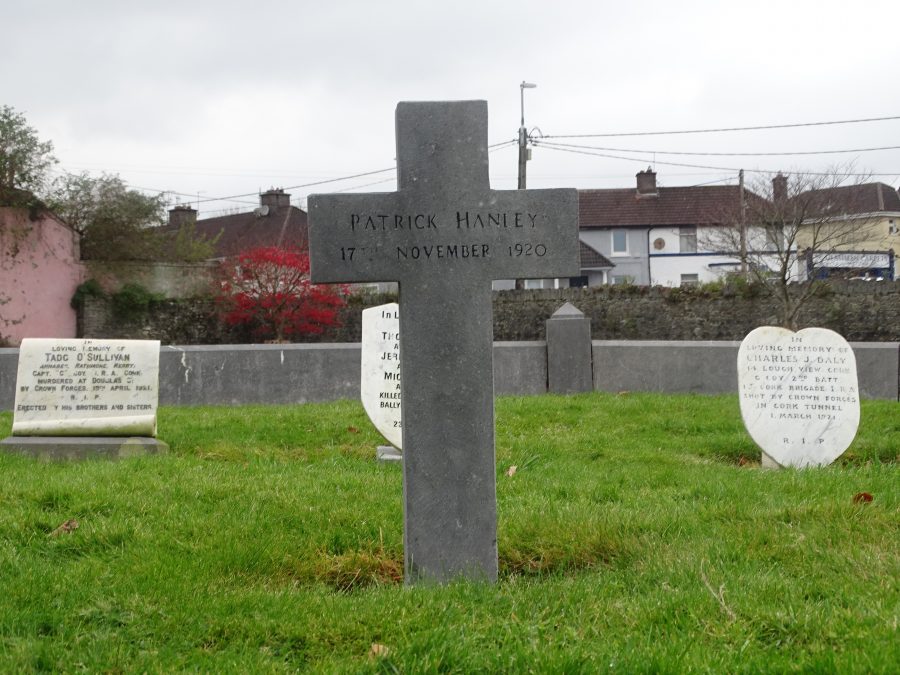Independent Cllr Kieran McCarthy has noted that the proposal for a Strategic Housing Development of 179 units in Bessborough and the proposal for 67 units as a general application to Cork City Council are a further “dagger into the hearts of the Cork Survivors and Supporters Alliance (representing 56+ families)”.
Cllr McCarthy noted: “The Commission of Investigation into Mother and Baby Homes has just submitted its final report to the Minister for Children. The document, which runs to more than 4,000 pages, will be published after it has been reviewed by the Attorney General. It will include the testimonies of people who lived and worked in 14 mother-and-baby homes and four county homes between the 1920s and the 1990s.
But here we have an SHD proposal and a proposal to Cork City Council, which really should wait and see what the findings are first and to review what the recommendations are for each one of the Mother and Baby Home sites. By not waiting just drives another dagger into the hearts of the Survivor’s Alliance, who are just looking for recognition, knowledge of what happened, and a chance to memorialise their babies.
The Survivor’s Alliance deserve way better than an SHD proposal and a proposal to Cork City Council on a fence outside the premises. There has been no consultation with them. The Alliance have put forward, in my opinion, very straightforward proposals.
They want to ensure that the Childrens’ Burial Ground, the nuns’ marked graveyard and the castle folly are brought under City Council jurisdiction, and that the City Council could facilitate grounds maintenance, visitor access and preservation of these connected sites. We should wait and see what the recommendations of the Mother and Baby Home Commission are – there could be provision within that for funding for local government to maintain Mother and Baby Homes graveyards in the public interest.
A City Council managed site at Bessborough’s burial grounds could honour the human rights obligations of the state to the family members of the deceased children. Currently access to the area (Childrens’ Burial Ground, castle folly and adjoining nuns graveyards) is limited to pre-arranged access or trespass.
The Bessborough Commemoration Group have been obliged to negotiate access, on a year by-year basis, and pay public liability insurance for the annual Bessborough Babies Commemoration event.
Many survivors and family members living abroad return to Ireland for this event and others return to Cork from other Irish counties. Indeed the diaspora of survivors includes others who have never returned but may do so if they have somewhere to visit and honour – i.e. memorials and burial grounds. Surely in this day and age the installation of headstones can be done.
The creation of a survivors’ memorial park on the ‘waste ground’ to the east and south of the Bessborough buildings should be pursues. It is important that this park be created in consultation with the wider community of Bessborough survivors and family members.
The establishment of an onsite interpretive centre and archive in collaboration with the survivors and family members of Bessboro inmates should also be looked at – not just a SHD proposal on a fence with no proper and real public consultation”, concluded Cllr Kieran McCarthy.
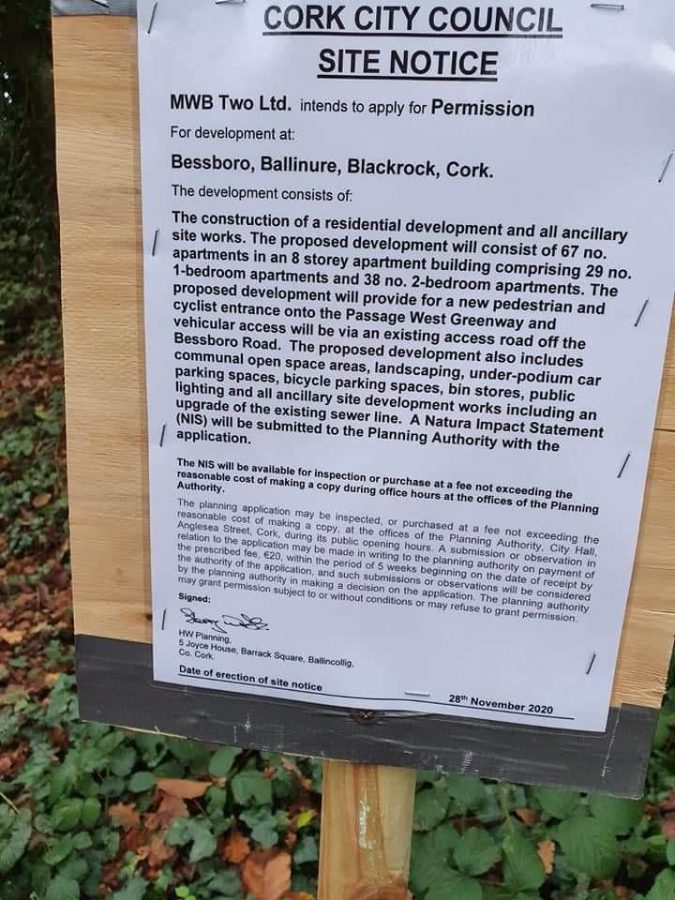
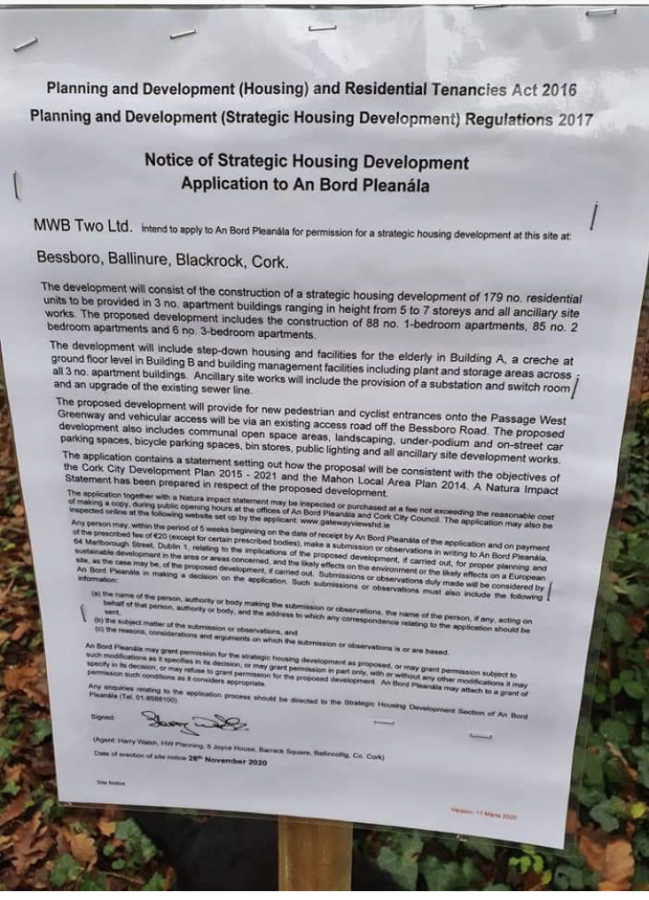
Bessboro Strategic Housing Development, Application to An Bord Plenanala Site Note, 28 November 2020
